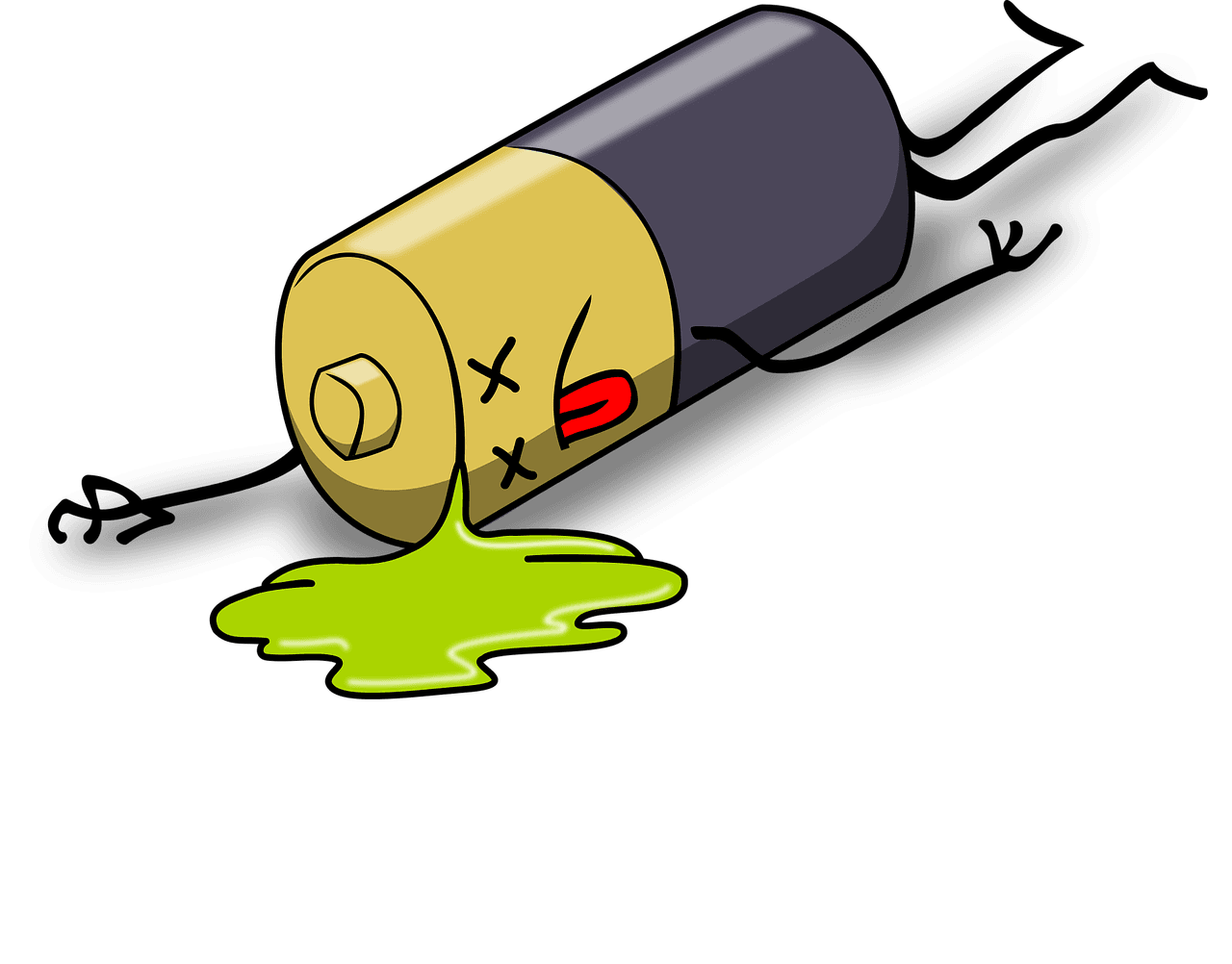Apple talked about several new iOS 13 features on stage at WWDC earlier this week. However, one crucial feature that didn’t even get a mention was the new battery optimizer in iOS 13. This underrated feature, which was included on the list of all new features in iOS 13, could help extend the battery life of your iPhone over the long term.
What does the battery optimizer in iOS 13 do?
According to Apple’s iOS 13 webpage, the optimized battery charging “helps slow the rate of battery aging by reducing the time your iPhone spends fully charged.” This means Apple won’t allow the phone’s battery to reach 100% while on the charger. Instead, the “iPhone learns from your daily charging routine so it can wait to finish charging past 80 percent until you need to use it.” This limit can be removed if a user needs more charging.
Apple already has a battery management system in place for the iPhone fast-charge the device to 80% and trickle charge thereafter. The new iOS 13 feature adds a machine learning element to the current feature to ensure that your phone charges to 100% only when it is needed.
This means Apple will only allow a 100% charge if its machine learning algorithms believe the user needs extra charging. To determine this, the system will monitor users’ daily charging routines and use that data to charge their phone to full only when it feels that they will need the extra power. However, this feature is optional, and users will have to enable it manually.
How lithium-ion batteries work
Lithium-ion batteries degrade over time, and you will have to replace them eventually. How quickly your battery degrades depends on several factors, including the number of charge cycles you put it through. After a certain number of charge cycles, the lithium-ion batteries stop operating at peak performance.
Thus, it is desirable that the batteries don’t charge fully. Being fully charged or even fully depleted for long periods can impact the battery’s useful life. In other words, users many get fewer charge cycles before the battery stops performing at peak level. When a battery is not operating at peak level, it can result in a few performance issues. For instance, if such a battery is strained by some intensive apps, the device may randomly shut down.
Charging from 0% to 100% isn’t the only thing that counts as a full charge. Even if you are charging from 80% to 100% for five days in a row, it will constitute as one “full charge cycle.” This means that always charging the battery so that it hits 100% is not recommended.
Staying near a 100% charge could also result in overheating the battery. To prevent such issues, smartphones usually come with technology that halts charging for a while after hitting 100% and starts it again after some time. This means if you charge your phone overnight, it will reach 100% and then stop charging for some time before starting again.
This cycle keeps repeating until you unplug the charger. Such a practice means you are using the most charge cycles (which are limited) without actively using the phone. Apple’s iOS 13 feature helps a user avoid such situations by keeping the phone at an 80% charge.
Better than previous battery management tools
As already stated, smartphone users will have to replace their battery eventually. However, Apple’s new battery optimizer in iOS 13 could at least help you delay buying a battery.
Apple’s new battery optimizer in iOS 13 seems better than the battery management feature the iPhone maker previously added. A couple of years ago, Apple triggered a massive controversy when it came to light that it was intentionally throttling CPU speeds on iPhones to extend the life of older batteries. To placate angry users, Apple launched a $29 battery replacement program. Earlier this year, Apple CEO Tim Cook revealed that about 11 million users took advantage of the cheaper battery replacement offer.
Apple’s new battery management feature is still a few months away, but if you want to extend the battery life of your phone starting now, you can follow the “40-80 rule” for lithium-ion batteries. Most battery manufacturers recommend not letting your phone deplete below 40% or charge more than 80%.





